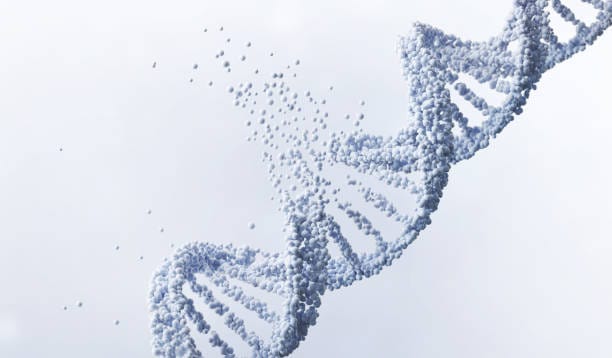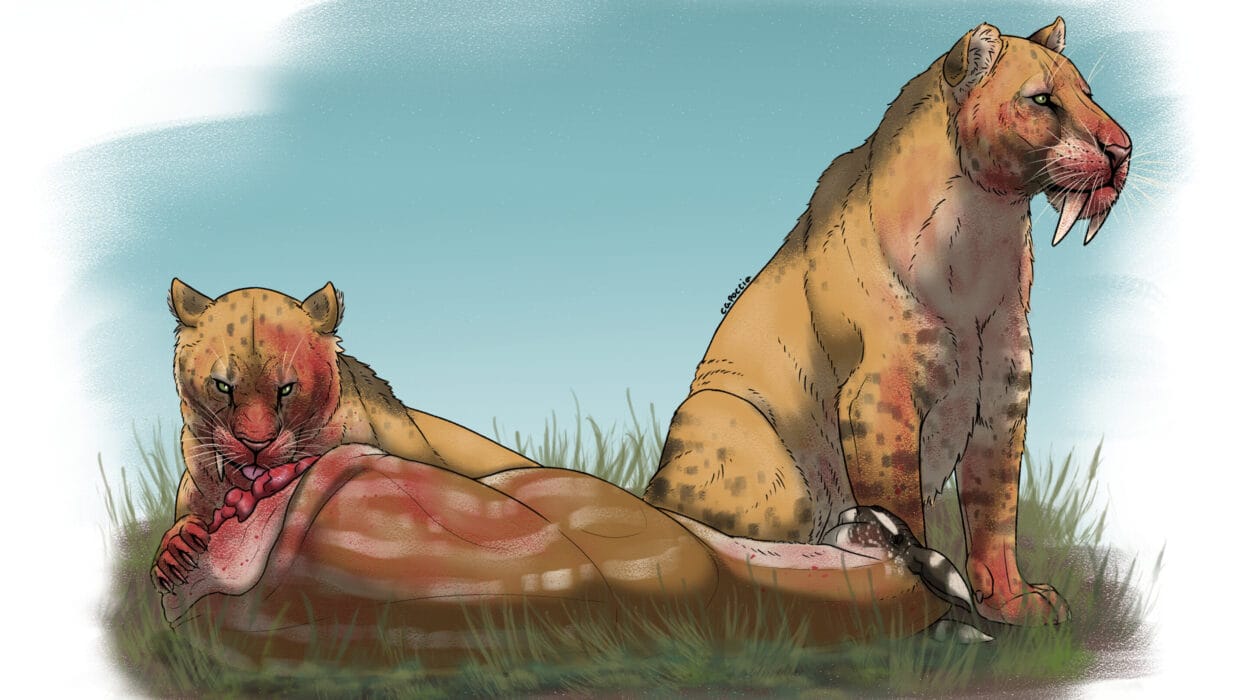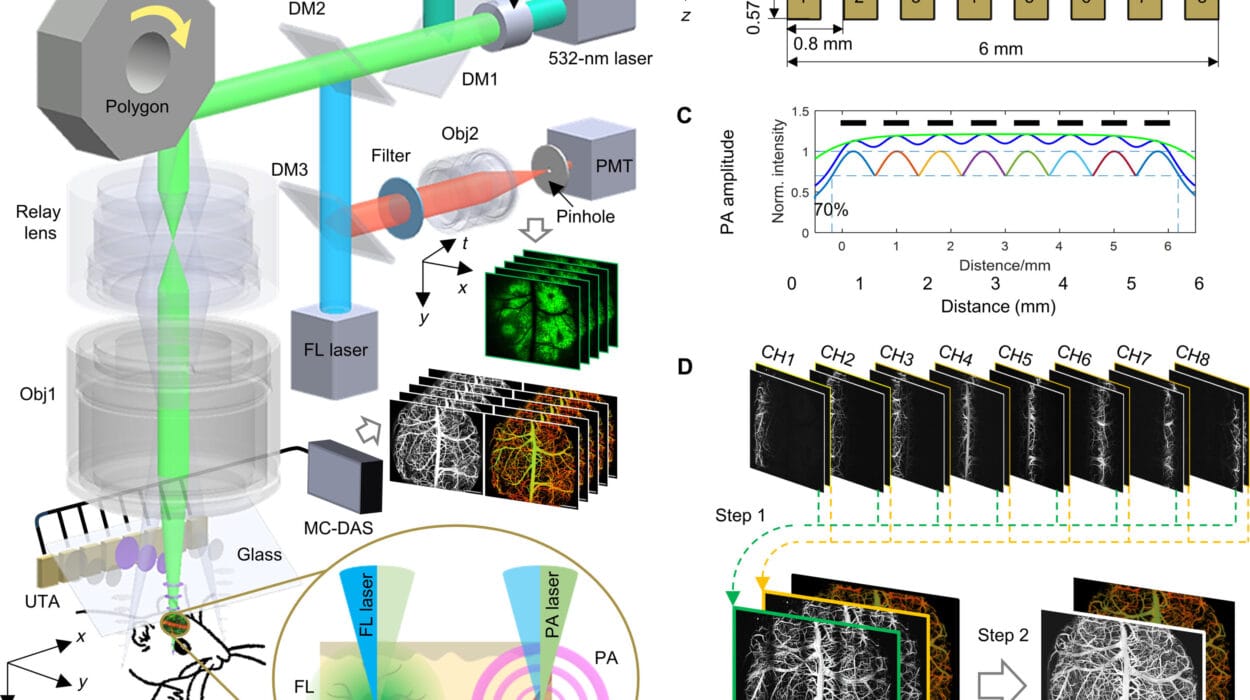Imagine walking into an enormous library—a quiet, cathedral-like space filled with shelves that stretch into the sky. On each shelf are billions of books, each page covered in sequences of just four letters—A, T, C, and G—repeating in intricate, mysterious patterns. These letters may seem cryptic at first, but together they compose the master script of life on Earth. Welcome to the story of your DNA.
Inside every cell in your body—skin cells, brain cells, even the ones in your eyelashes—is a copy of this script. This molecule, deoxyribonucleic acid or DNA, is the instruction manual that not only defines what you are but also guides every single process that keeps you alive. It tells cells when to grow and when to divide, how tall you’ll be, what color your eyes are, and even how your body responds to viruses and medications. And while we’ve spent centuries trying to understand ourselves, it wasn’t until just a few decades ago that we began to truly decipher this astonishing code.
To decode DNA is not just to understand biology—it is to unravel the story of life itself.
A Twisting Tale: Discovering the Double Helix
The history of DNA is filled with curiosity, competition, and the thrill of scientific discovery. The molecule was first isolated in 1869 by Swiss chemist Friedrich Miescher, but for decades afterward, no one really understood what it did. It wasn’t until the mid-20th century that the world realized DNA was far more than just another chemical in the cell—it was the genetic material that carried instructions from one generation to the next.
In 1953, a scientific breakthrough changed everything. James Watson and Francis Crick, building on work by Rosalind Franklin and Maurice Wilkins, revealed the now-iconic double helix structure of DNA. Their discovery was not just about the shape of a molecule—it was the first key that helped unlock how genetic information is stored, copied, and passed on.
Imagine a twisted ladder. Each rung is made of two nitrogenous bases paired together—adenine (A) with thymine (T), cytosine (C) with guanine (G). The sides of the ladder are formed from sugar and phosphate molecules. This elegantly simple structure contains within it an almost infinite ability to encode information. The human genome, the complete set of DNA in your body, contains over three billion base pairs. If you typed out your entire genome, letter by letter, it would fill more than 100 sets of the Encyclopedia Britannica.
Yet in all that complexity, there is astonishing order.
The Language of Life
At first glance, DNA might appear to be a meaningless stream of letters. But these letters form words—called codons—and sentences, called genes. Each gene provides instructions for building a specific protein, and proteins are the workforce of your body. They form muscle fibers, enzymes, hormones, antibodies—virtually everything your body needs to function.
It’s easy to forget just how miraculous this is. With only four chemical bases—A, T, C, and G—DNA manages to encode everything that makes a living being. It’s like composing an entire symphony with just four musical notes. The complexity arises not just from what the bases are, but from the order they’re in, how often they’re repeated, and how they interact with other parts of the genome.
Each cell uses DNA like a chef uses a recipe book—consulting it constantly, copying its instructions to make new proteins, interpreting context, modifying actions based on needs and environment. When your skin is cut, cells read DNA to produce clotting factors. When you digest food, enzymes encoded in your genes break down nutrients. Every biological act, every second of your life, is shaped by DNA.
Genes and Beyond: The Symphony of the Genome
When the Human Genome Project launched in 1990, many scientists imagined they would identify genes as neat, well-labeled instructions—like lines in a software code. But when the first draft was completed in 2001, they discovered something much stranger.
Only about 1–2% of human DNA actually codes for proteins—the genes, in the traditional sense. The remaining 98% was once considered “junk DNA,” a term now known to be deeply misleading. It turns out that much of this so-called junk plays regulatory roles—it controls when and where genes are expressed, influences cellular architecture, or helps manage how chromosomes fold. Some of it is involved in turning genes on or off, depending on the needs of the organism.
The genome is less like a manual and more like a musical score—where timing, pauses, and dynamics matter just as much as the notes. It is a symphony in motion, and every instrument must play in harmony. When they don’t, the result can be disease.
DNA and Inheritance: What We Carry Forward
DNA is also the bridge between generations. You inherit half your DNA from your mother, half from your father. This combination gives rise to your traits—your height, your blood type, your susceptibility to certain conditions. But inheritance isn’t as simple as a single gene determining a single trait. Most characteristics are polygenic, meaning they arise from the interaction of many genes, each contributing a small effect.
Moreover, genes don’t act in isolation. Environment, lifestyle, stress, and diet can influence how genes are expressed—an idea known as epigenetics. Epigenetic changes don’t alter the DNA sequence itself, but they do modify how cells read the DNA. This means that two identical twins, with identical DNA, can have different traits, diseases, or lifespans depending on the experiences they have.
DNA carries not only our biological instructions but echoes of our ancestors. Within its folds lie markers that can trace human migration patterns over tens of thousands of years. It holds clues to your lineage, your ethnic roots, even long-lost cousins you’ve never met. In this way, DNA is both deeply personal and profoundly universal—a thread that connects every living thing on Earth.
Cracking the Code: The Rise of Genetic Technology
As our understanding of DNA has grown, so too has our ability to manipulate it. Techniques like PCR (polymerase chain reaction) allow scientists to amplify tiny fragments of DNA, enabling everything from criminal forensics to virus detection. CRISPR-Cas9, a revolutionary gene-editing technology, allows researchers to cut and paste genes with astonishing precision. What once sounded like science fiction—erasing a genetic disorder before a baby is born—is now entering the realm of possibility.
Gene therapy, once a fringe idea, is becoming a powerful medical tool. Already, patients with genetic blindness, certain blood disorders, and rare immune deficiencies have been treated using modified viruses that deliver corrected DNA. Cancer treatments are being personalized based on a tumor’s genetic signature. And rapid advances in sequencing mean your entire genome can be decoded in just a few hours for less than the cost of a smartphone.
But with this power comes profound ethical responsibility. Should we edit the DNA of embryos? Who owns your genetic data? What does it mean if a company can predict your health risks? These questions are no longer hypothetical. They are urgent, real, and pressing.
Mutation and Evolution: DNA in Motion
One of the most important things to understand about DNA is that it’s not static. It mutates. Mistakes occur when DNA copies itself—sometimes due to external factors like radiation or chemicals, other times from simple random chance. Most mutations are harmless. Some are beneficial. Others can lead to diseases like cancer.
But over time, these small changes—passed from parent to offspring—fuel evolution. They are the raw material of natural selection, the driving force behind biodiversity. Every living creature, from a cactus to a whale, is shaped by countless generations of genetic variation.
Even viruses like COVID-19 evolve by mutating their genetic code. This is why new variants emerge and why understanding genetics is crucial to responding to pandemics. The story of evolution is the story of DNA—of trial, error, adaptation, and survival.
The Personal Genome: What Your DNA Can Tell You
In recent years, at-home DNA testing has exploded in popularity. Millions of people have spit into tubes, mailed them to laboratories, and received detailed reports about their ancestry, health, and traits. These tests can tell you where your ancestors lived, what proportion of your DNA is Neanderthal, and even how your body might respond to caffeine.
But personal genomics is not a crystal ball. Many traits are influenced by thousands of tiny genetic factors interacting in complex ways. Just because you have a gene associated with a disease does not mean you will develop it. Conversely, not having a particular gene does not guarantee safety. The science is powerful—but still developing. Interpreting your genome requires expertise, context, and caution.
Nevertheless, personal DNA testing has democratized access to information once reserved for research labs. It allows individuals to engage with their own biology in a way that is intimate, empowering, and deeply human.
The Future of DNA: Writing the Next Chapter
So what lies ahead for DNA research? The possibilities are vast.
Synthetic biology may allow us to design entire organisms from scratch—using custom-written DNA to create bacteria that clean up oil spills or yeast that produce sustainable biofuels. Genetic engineering could revolutionize agriculture, creating crops that resist disease, drought, or pests without harmful chemicals.
In medicine, whole-genome sequencing will likely become routine at birth. Predictive genomics could help identify disease risks before symptoms ever appear. Cancer might one day be prevented by reprogramming cells at the genetic level.
In computing, DNA itself is being explored as a data storage medium. Because it is so compact and stable, a single gram of DNA can theoretically hold over 200 petabytes of data. One day, libraries of the future might be encoded not in silicon, but in strands of synthetic life.
A Legacy Written in Letters
The more we learn about DNA, the more we realize how extraordinary it truly is. It is not merely a molecule. It is a chronicle of evolution, a map of identity, and a guidebook to the future. It is a bridge between species and generations. It is the living script of everything we are, written in four letters across three billion lines.
And we are just beginning to read it.
As science continues to decode this remarkable molecule, one truth becomes ever clearer: within the double helix lies not only the story of life—but the possibility to shape life itself. Carefully. Powerfully. Responsibly.
This is the blueprint of life. And now, it is in our hands.






